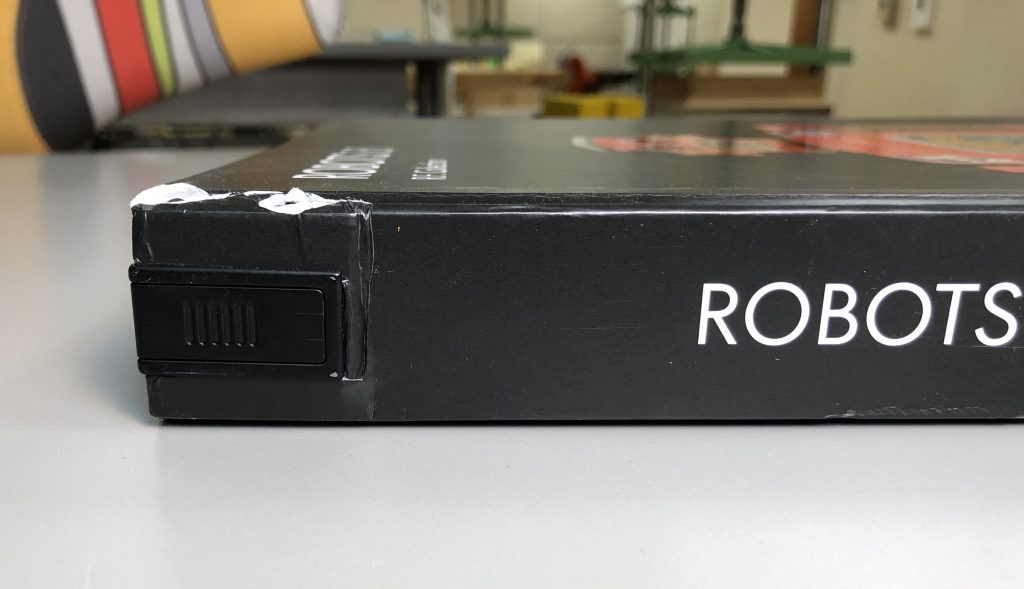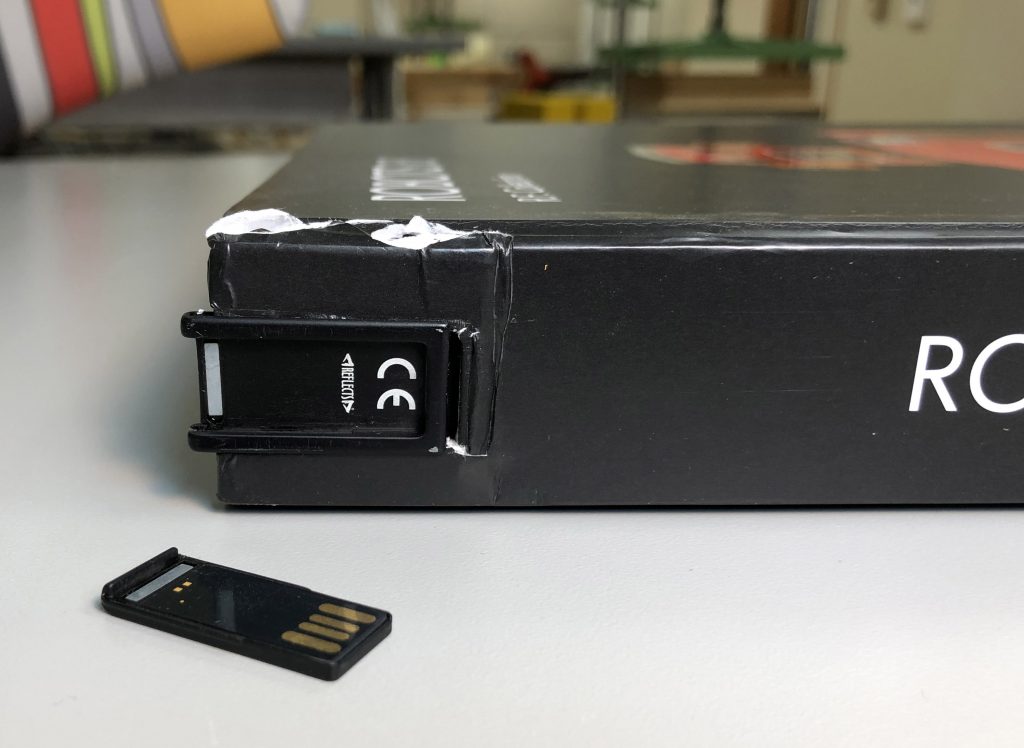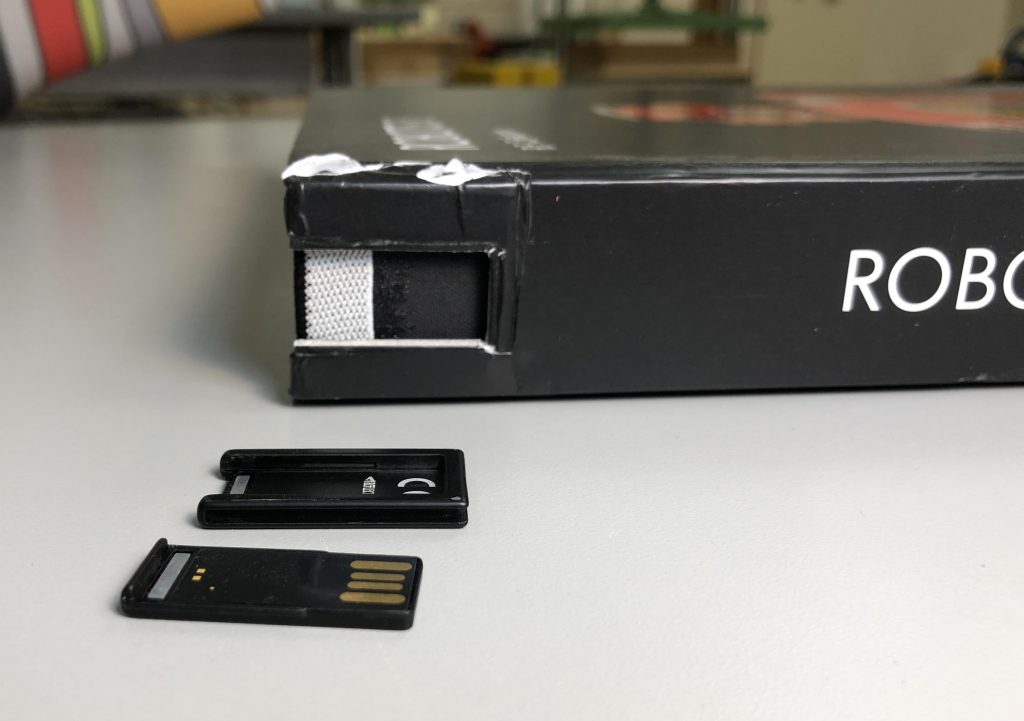It’s #WorldBookDay today and we are highlighting some books that have come through recently from Technical Services.
There seems to be a new trend in publisher’s bindings: the exposed-spine binding. We call them “naked bindings” because they lack part of their cover. There’s even a subject heading for this kind of binding called “Backless Bindings (binding).”

Similarities and Differences
There are a few things they have in common:
- Folded signatures
- Sewn-through-the-fold
- Adhesive layer on spine
- Very flexible spine, opens flat
Variations include:
- Papers are either calendered or not
- Thread color can be single color or multi-color
- Adhesive layer can be very thin (almost invisible) to very thick; sometimes unevenly applied
- Covers are commonly chip board or binders board, but some are a heavy paper much like a paperback.
- Cover attachments seem to be either tipped onto the first and last flyleaf, or a doublure attachment. Occasionally you find one that has a doublure with a sewn-on binders-board cover (this must be the “Mercedes of Exposed Spine Bindings”)
One commonality: these are very weak bindings especially those with tipped-on covers, loose sewing, and unevenly applied adhesive.
The Best of the Bunch
It feels like publishers and/or authors simply choose this style of binding because it feels edgy. But when this style of binding is chosen thoughtfully, it can really work. The best of this batch has to be “Hilos Libres: el textil y sus raíces prehispánicas, 1954-2017 = free threads : textile and its pre-Hispanic roots, 1954-2017” by Sheila Hicks. This books was, “Published on the occasion of the exhibition held at Museo Amparo, Puebla, from November 4th, 2017-April 2nd, 2018.”
Why does this binding work for this book? The book is about a textile exhibit. The exposed threads, multi-colored thread choice, and loose threads on the front cover all relate in some way to the textiles highlighted in the text block and textile artistry.



The covers are fully adhered to a doublure, and that section is sewn onto the textblock. This creates a very stable and secure cover attachment. Overall it is a solid binding whose design connects to the contents of the book.
Straight Out of Coptic
These are obviously machine-sewn edition bindings but they hark back in my head to Coptic bindings with a nod towards the Sewn Board Binding originally designed by Gary Frost (which itself gives nod to Coptic bindings).

These exposed spine bindings lay really flat because they don’t have all those pesky spine linings to control the opening. They are very vulnerable to rough handling because the binding has no protection and the board attachment is really weak.
Everyone Gets an Enclosure
This group of “Backless bindings” will have custom four-flaps created to protect the bindings. If these were special collections items we might consider a “peekaboo” box that allows the spine to be seen on the shelf. But since these are in the circulating collections, we will give them a standard four-flap enclosure or corrugated clamshell box. These provide a bit more protection from handing and reduce light exposure.
Happy #worldbookday everybody!


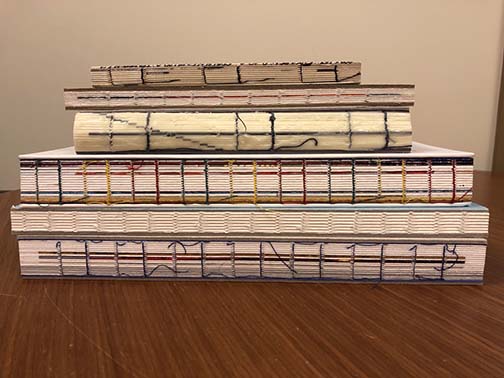

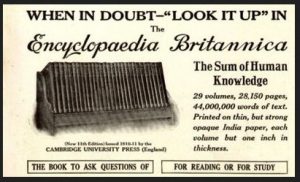
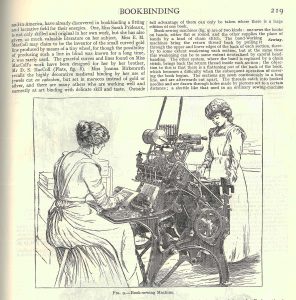
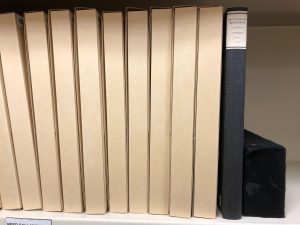

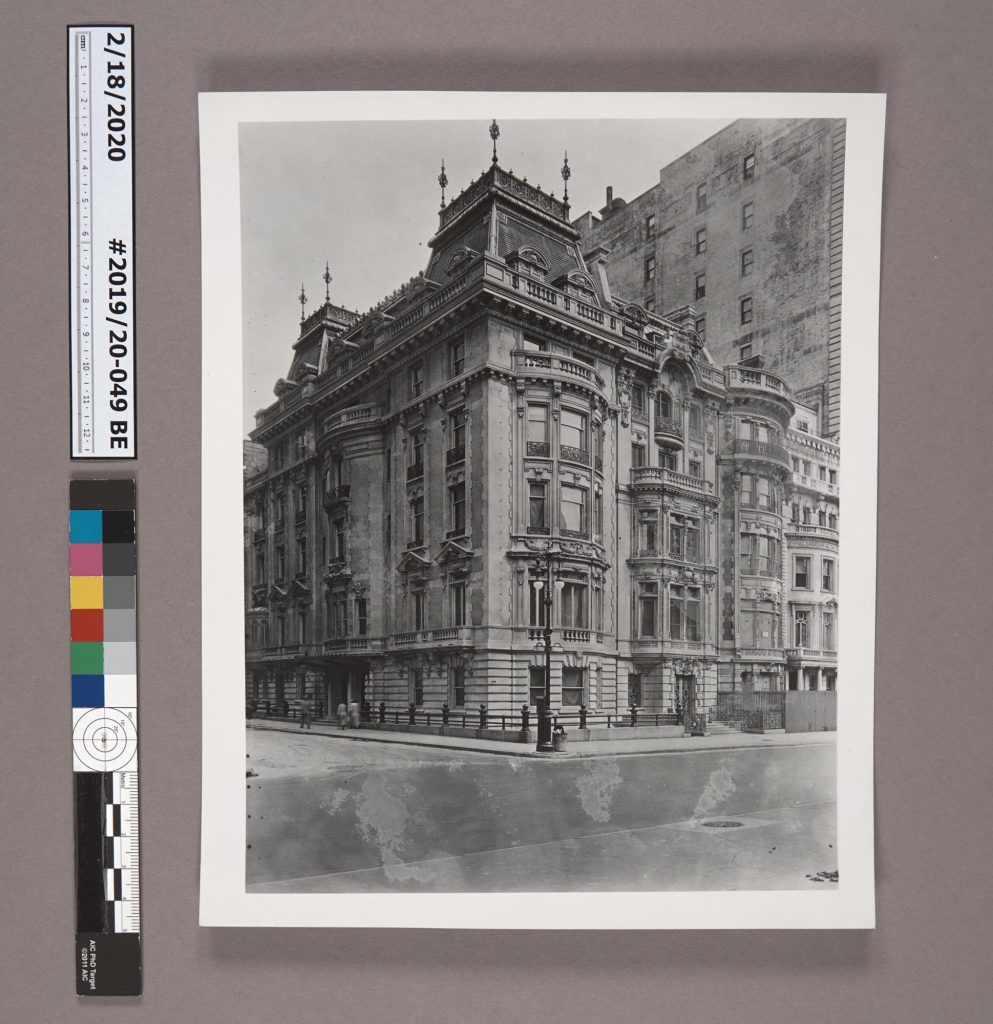


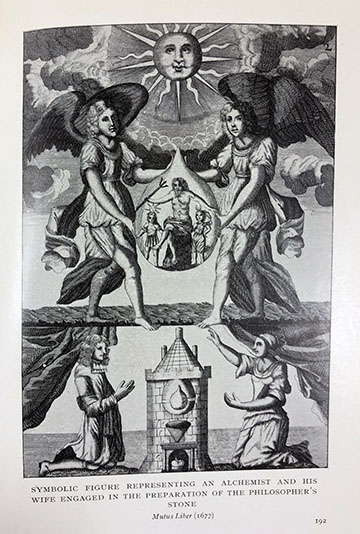

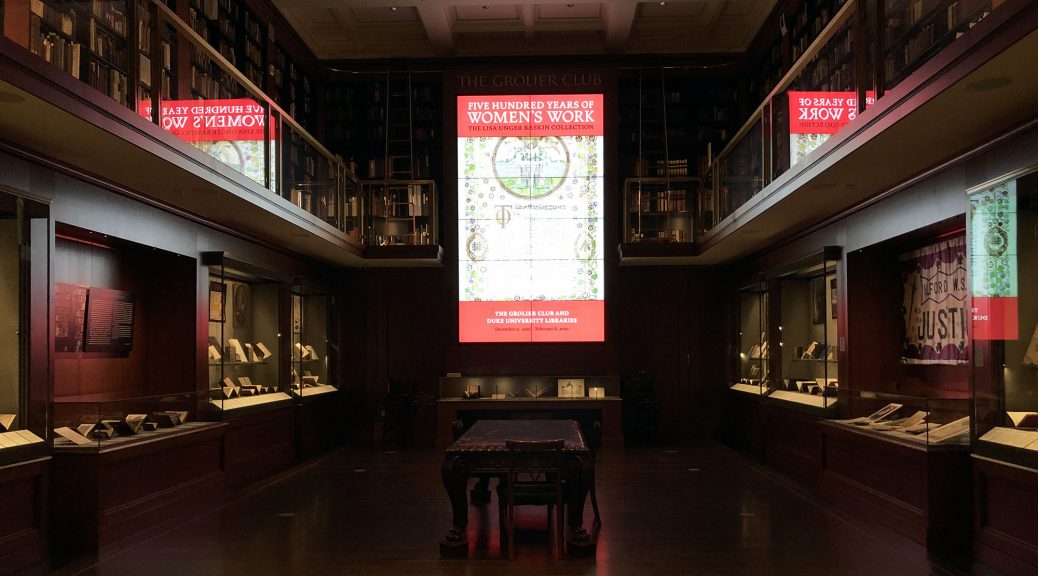

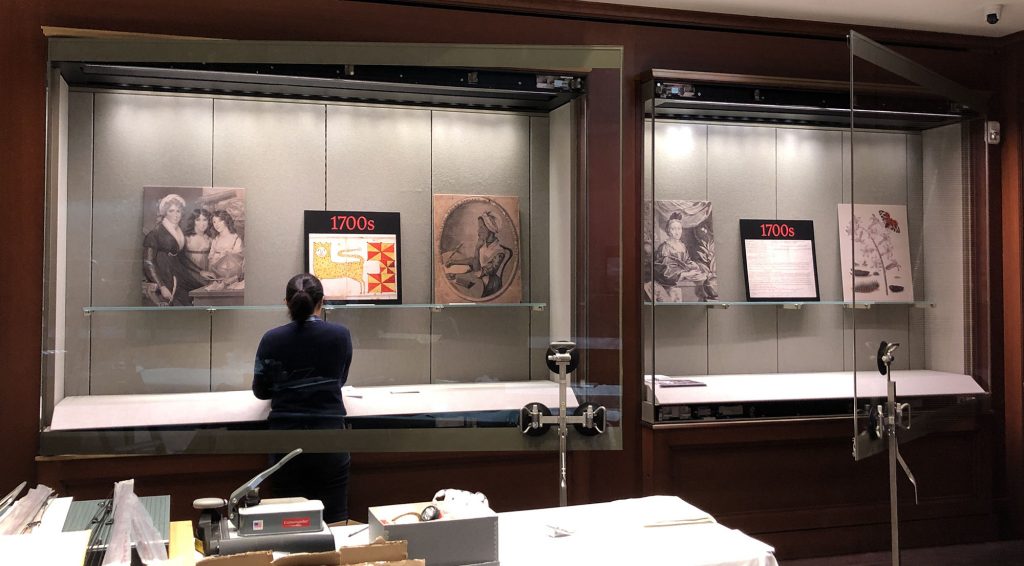


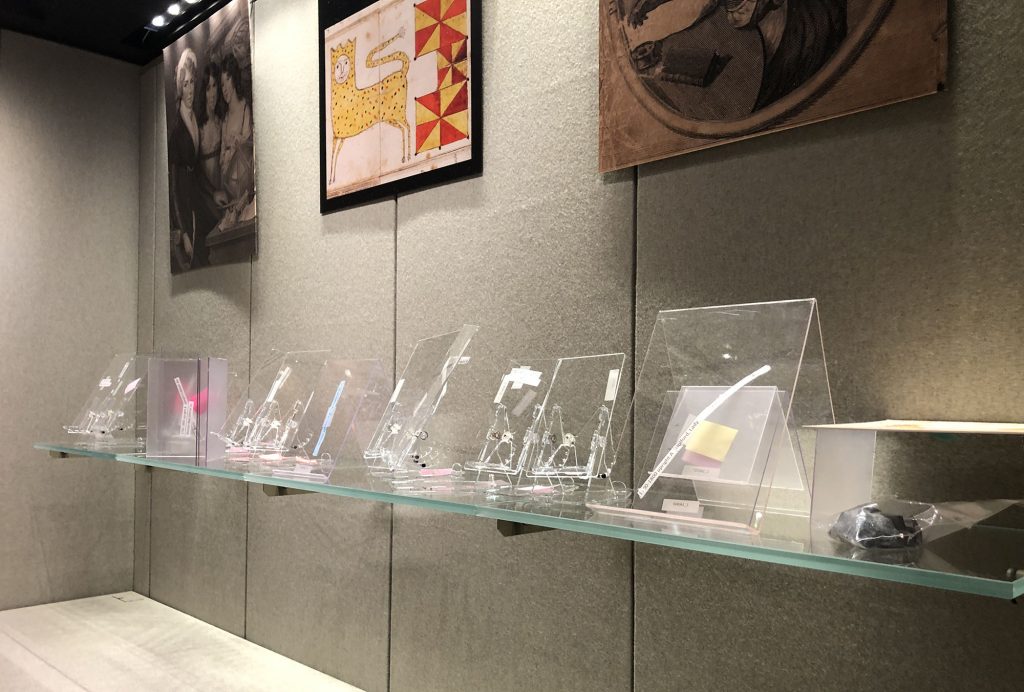

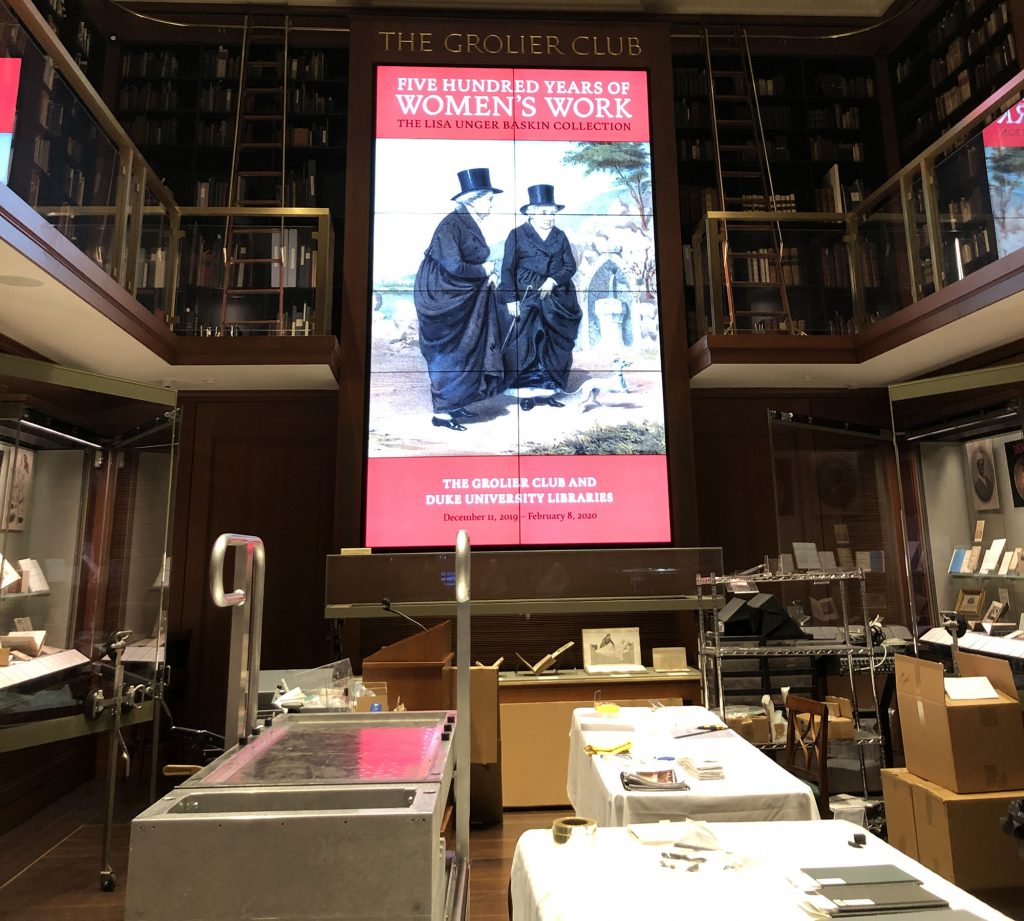


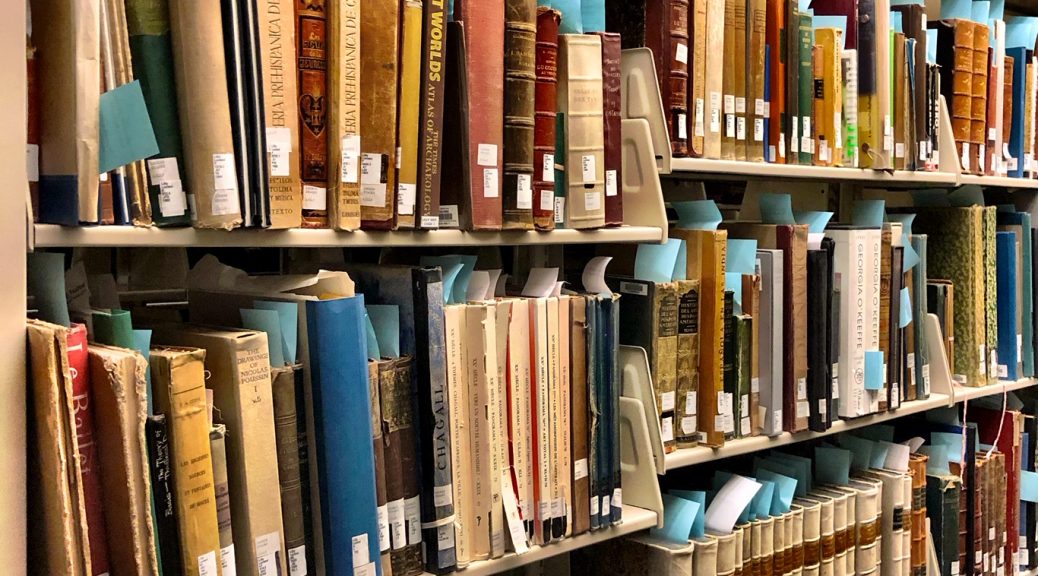

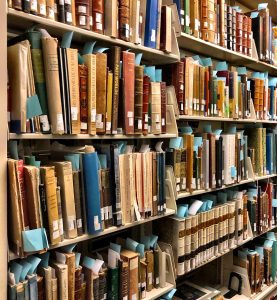
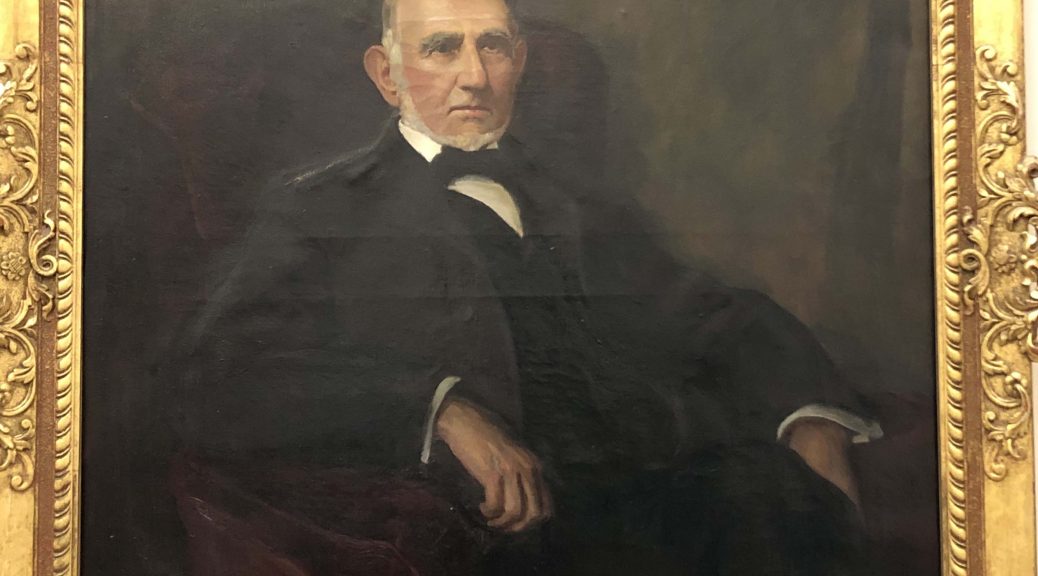

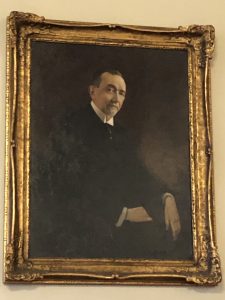
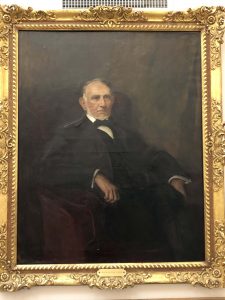




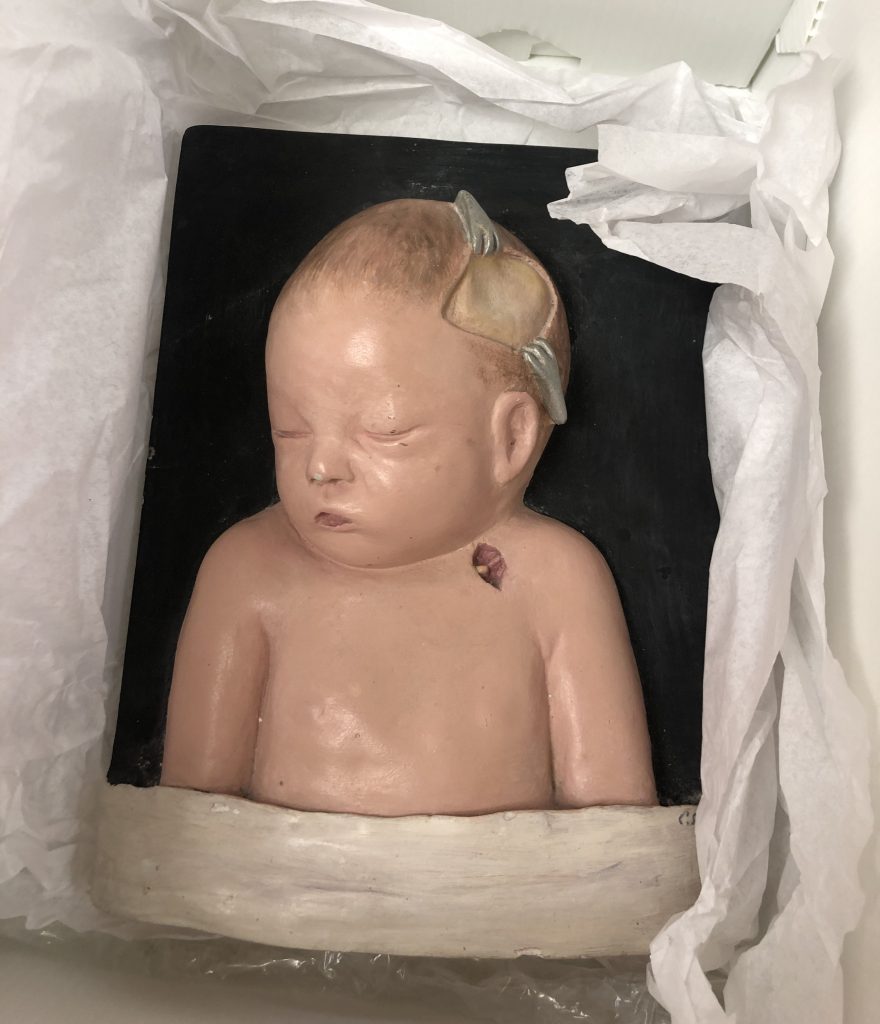
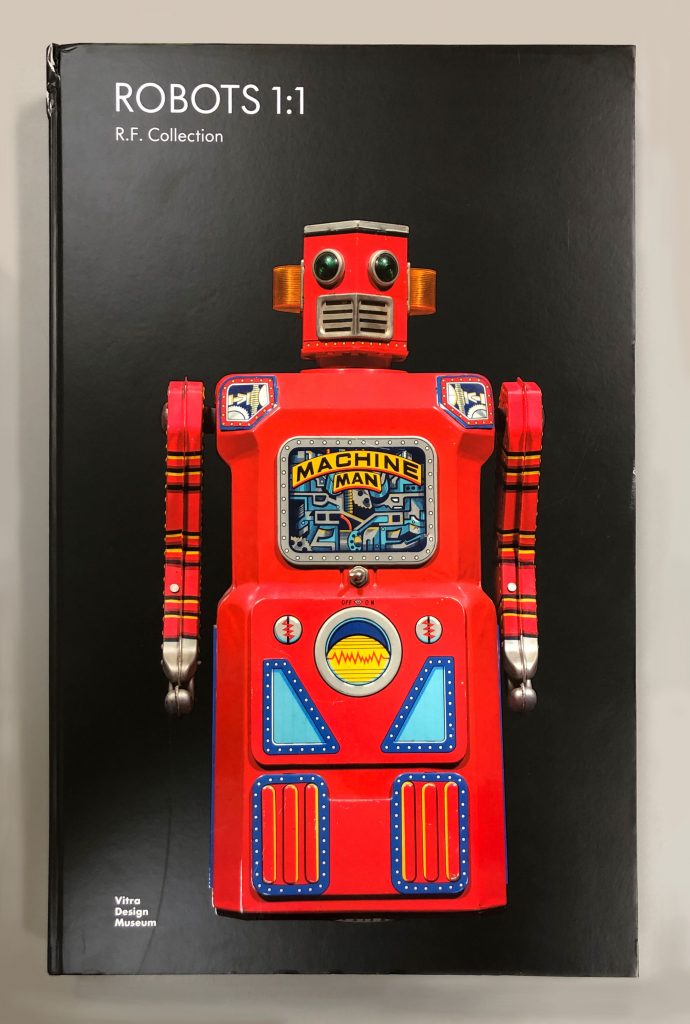
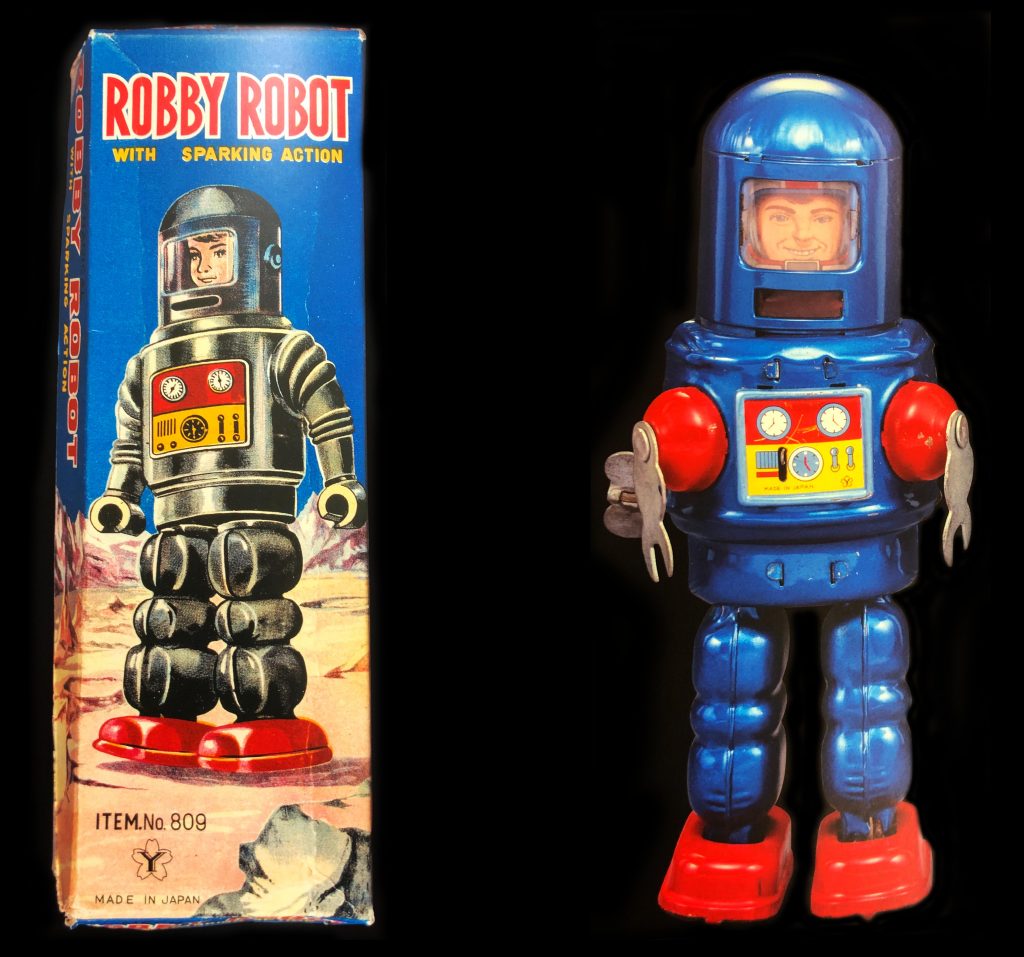 The unique feature of this book, however, is a USB memory stick that has been integrated into the headcap. The stick contains a film by Luka Dogan, showing a selection of the robots in action.
The unique feature of this book, however, is a USB memory stick that has been integrated into the headcap. The stick contains a film by Luka Dogan, showing a selection of the robots in action.